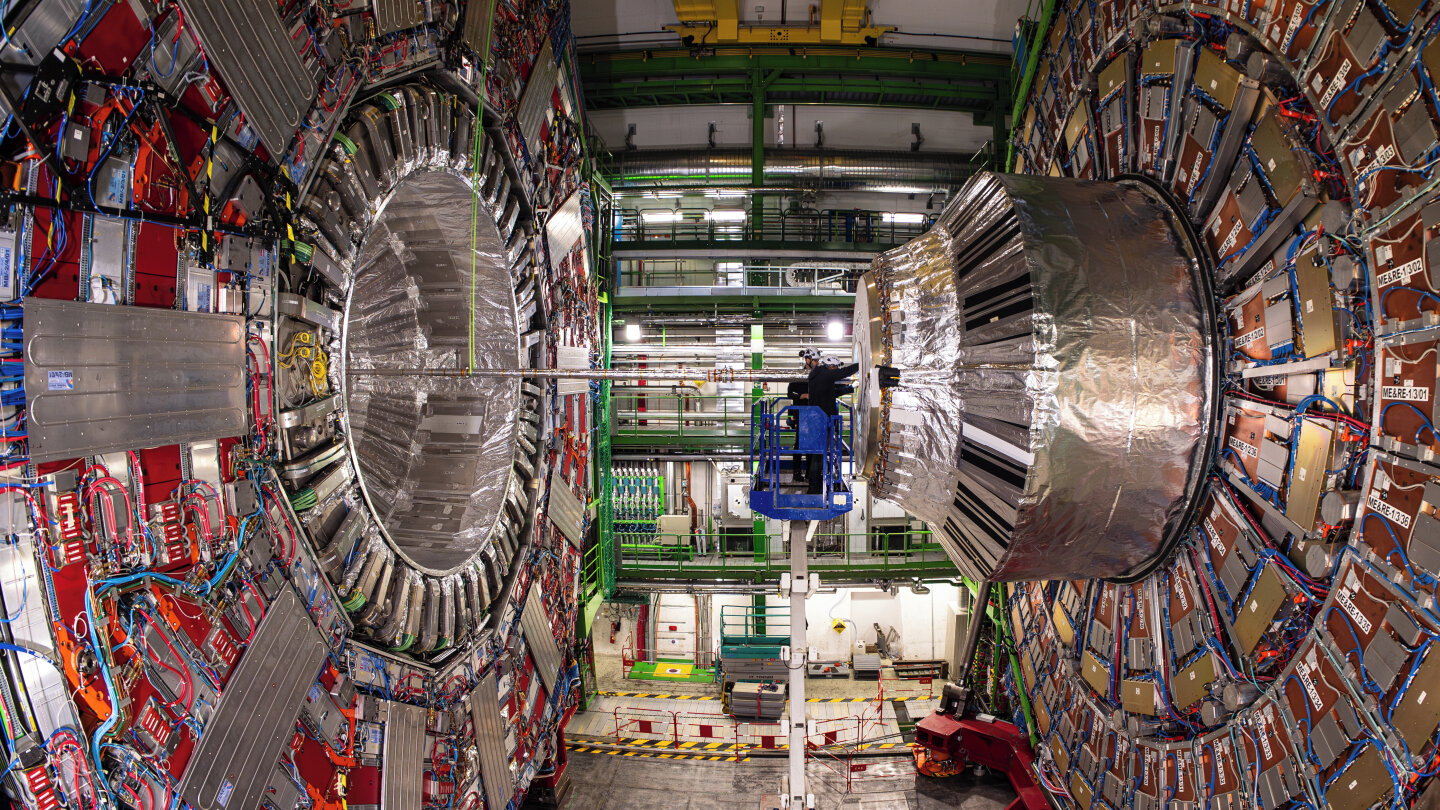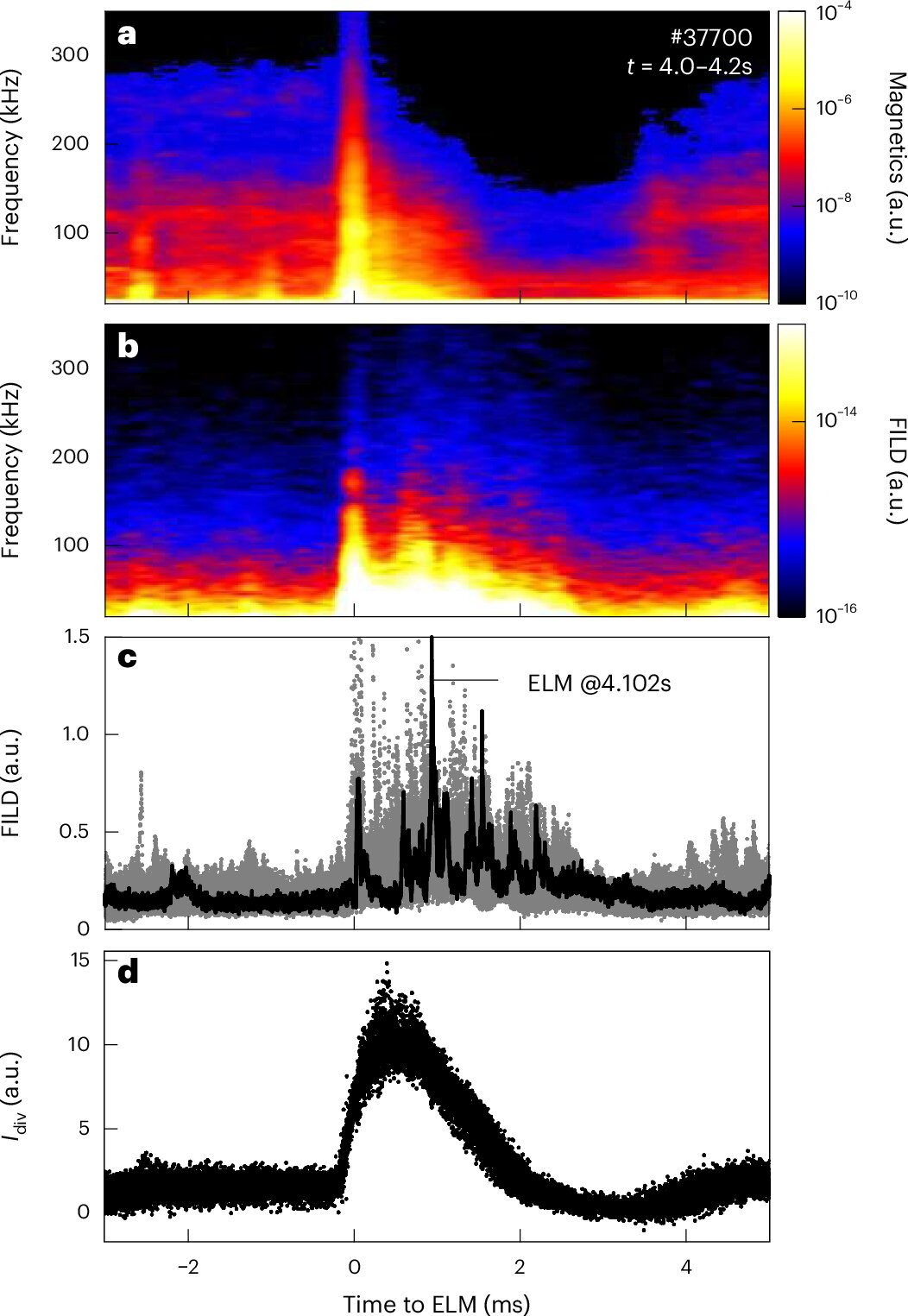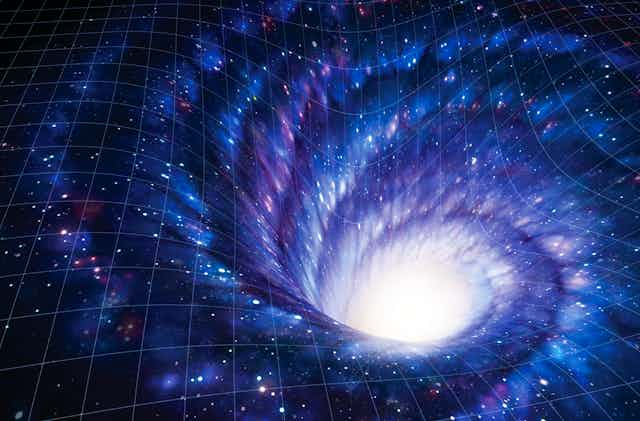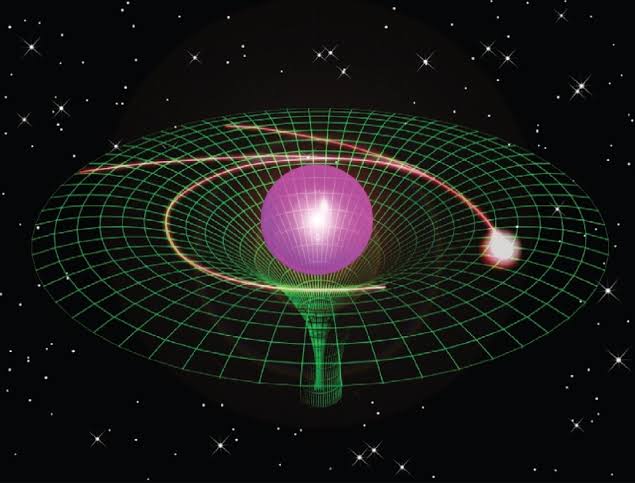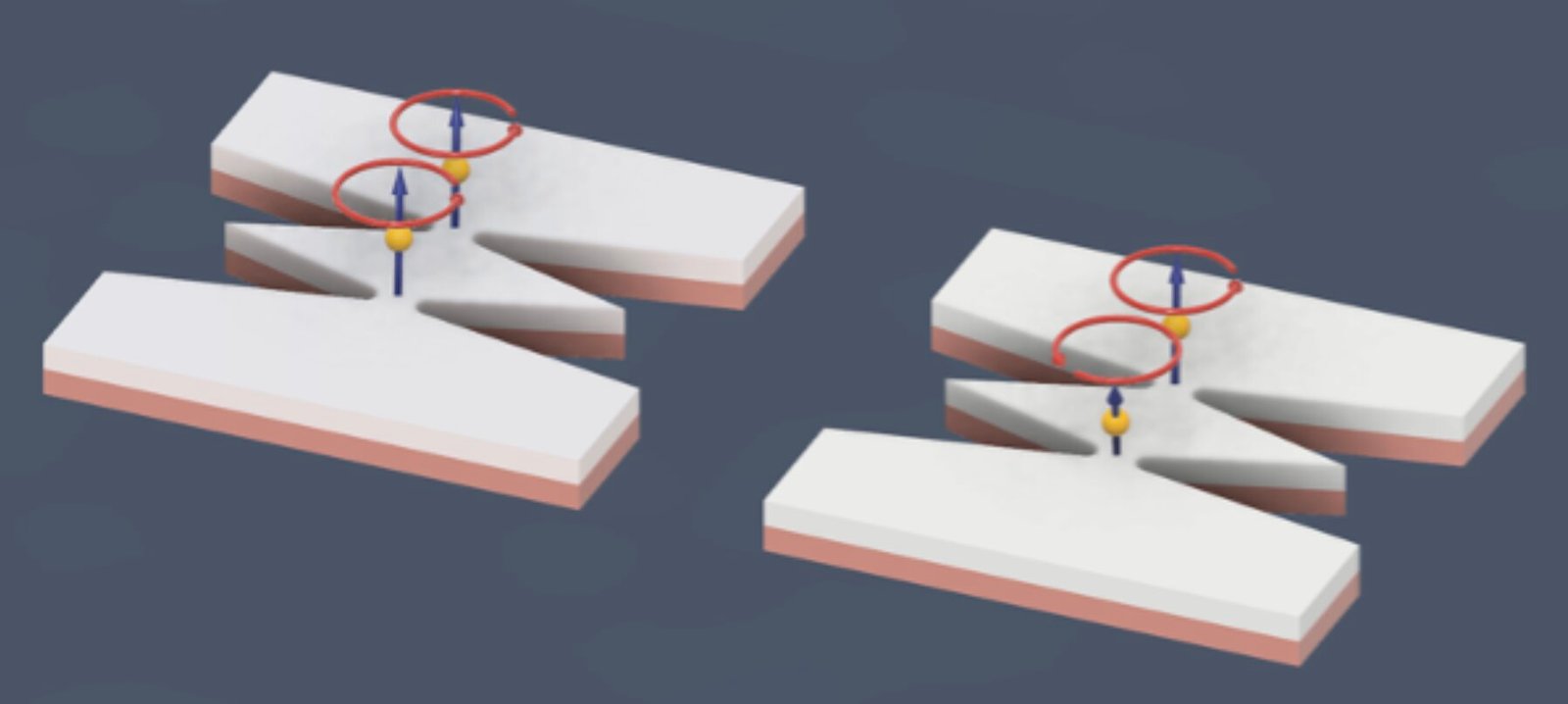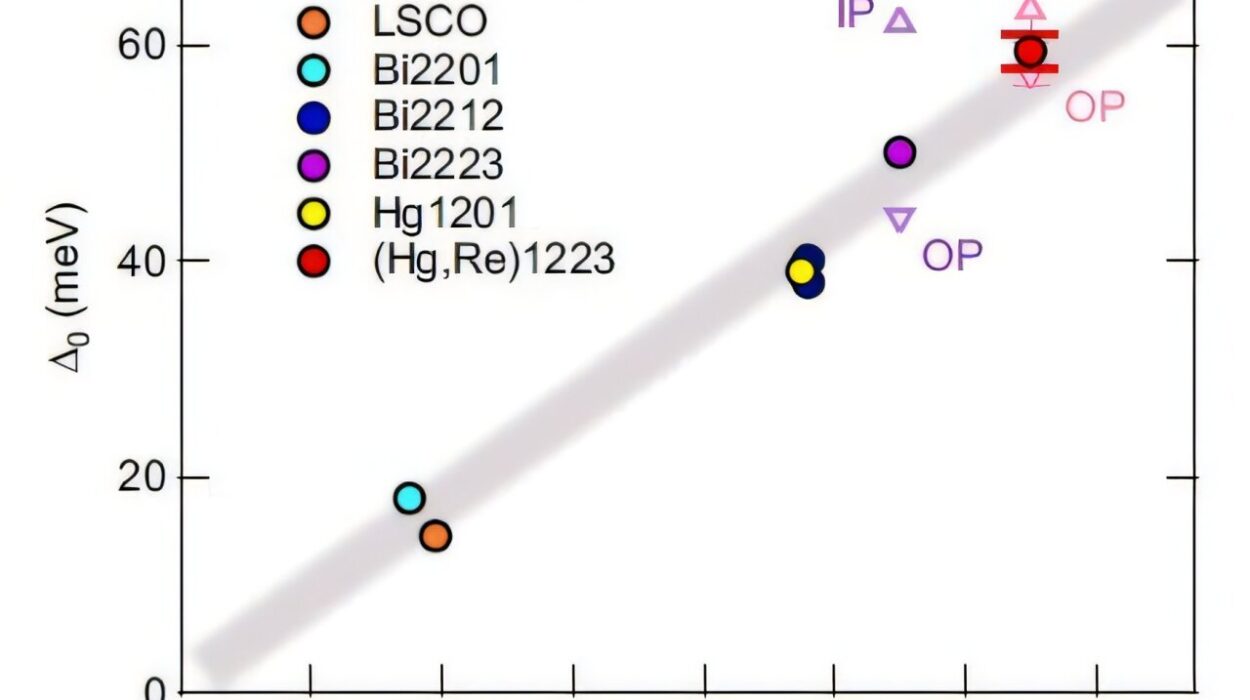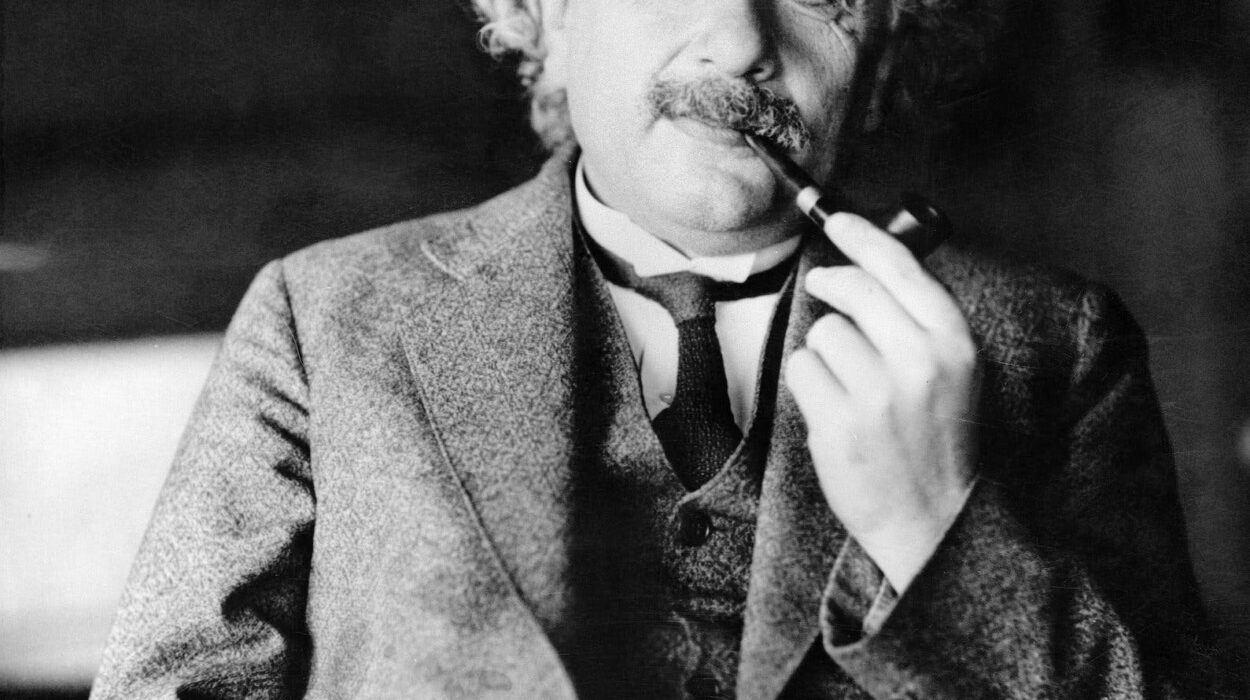In a groundbreaking study conducted at the Large Hadron Collider (LHC), the CMS collaboration has explored an intriguing question in modern physics: whether the top quark, one of the most fundamental particles in the Standard Model, adheres to Einstein’s special theory of relativity. The study, which represents the first of its kind, was recently published in the journal Physics Letters B. This research tests the limits of the long-established theory of relativity and pushes the boundaries of our understanding of particle physics, specifically with regards to the top quark, which is the heaviest of all known elementary particles.
Understanding the Foundations: Special Relativity and Lorentz Symmetry
At the core of Einstein’s special theory of relativity is the concept of Lorentz symmetry. According to this principle, the laws of physics, including the outcomes of experiments, should remain the same regardless of the orientation or the speed of the experimental setup. This means that whether an experiment is conducted in one laboratory or another, or whether it’s done in motion or at rest, the results should be independent of these factors. This symmetry is foundational to both special relativity and quantum mechanics, two pillars of modern physics, and it also forms the backbone of the Standard Model of particle physics.
Over the years, special relativity has been confirmed by countless experiments and observations, becoming one of the most well-tested theories in science. However, some theoretical models in physics, particularly those emerging from string theory, suggest that at extremely high energies—such as those encountered in certain high-energy particle collisions—special relativity might not hold. Instead, these models propose that Lorentz symmetry could be violated in ways that could depend on the specific orientation of the experiment in space-time.
Such a violation would have profound implications for the Standard Model and for our understanding of space-time itself. While these effects are expected to be small, they could be detectable in high-energy particle collisions, such as those that occur in the LHC. However, despite numerous efforts over the years, experiments at the LHC and other particle colliders have so far failed to observe any signs of Lorentz symmetry breaking.
The CMS Collaboration and Its Experiment
The CMS (Compact Muon Solenoid) collaboration at the LHC recently set out to examine whether Lorentz symmetry is indeed violated during proton–proton collisions. The focus of their study was on top quarks, which are the most massive of the elementary particles discovered to date. Top quarks are produced in high-energy collisions at the LHC and provide an ideal setting to test fundamental theories in physics.
The key idea behind the CMS collaboration’s experiment was to investigate whether the rate at which top quark pairs are produced varies depending on the orientation of the experiment and time of day. Since the Earth rotates on its axis, the direction of the proton beams in the LHC also shifts relative to the Earth’s rotation. If there were a preferred direction in space-time—meaning that Lorentz symmetry were broken—the production rate of top quark pairs could depend on the time of day. This would happen because the orientation of the experimental setup would change as the Earth rotates, causing subtle shifts in the observed data.
If the production rate of top quark pairs varied with time, it would indicate that the laws of physics are not completely symmetric with respect to the orientation of the experiment. In essence, such a variation could signal the presence of a preferential direction in space-time, a remnant of Lorentz symmetry breaking. This would be a major discovery, as it would challenge one of the foundational principles of modern physics.
Results of the Experiment: A Confirmation of Special Relativity
After conducting the experiment, the CMS collaboration found no evidence for a variation in the rate of top quark pair production depending on the time of day or the orientation of the experiment. In other words, the production rate of top quarks remained constant, regardless of the Earth’s rotation or the time at which the measurements were taken. This result suggests that Lorentz symmetry is not broken at the energies involved in the experiment and that Einstein’s special theory of relativity holds true.
The findings of this study provide strong evidence that Lorentz symmetry remains intact at the energy scales tested by the LHC. This not only affirms the validity of special relativity but also places stringent limits on the potential size of any effects that could result from a violation of Lorentz symmetry. The CMS collaboration was able to use their results to place limits on the parameters that would indicate Lorentz symmetry breaking. In fact, the limits obtained were up to 100 times more stringent than previous results from experiments conducted at the Tevatron accelerator, which was located at Fermilab in the United States.
Implications for Future Research and Beyond the Top Quark
This study marks a significant milestone in the ongoing quest to understand the fundamental laws of physics, as it provides a robust confirmation of special relativity at the LHC. However, the implications of the CMS collaboration’s findings extend beyond just the top quark. Their research opens up new avenues for investigating potential violations of Lorentz symmetry in other heavy particles that are produced in high-energy collisions at the LHC.
The discovery of the Higgs boson in 2012 and the ongoing studies of the W and Z bosons offer additional opportunities to test the boundaries of the Standard Model. These particles, which are integral to the Standard Model’s explanation of the weak nuclear force, could also provide insights into possible violations of Lorentz symmetry. Additionally, further data collected during the upcoming third run of the LHC could be used to probe these and other particles for signs of symmetry breaking, enabling scientists to test the limits of relativity in new and exciting ways.
A Step Toward the Unification of Physics
While the CMS collaboration’s study has provided valuable confirmation of special relativity, it also paves the way for future research that could potentially uncover new physics beyond the Standard Model. String theory, for example, posits that space-time may be more complex than the four-dimensional model described by Einstein’s theory, and that very high-energy collisions could reveal discrepancies in our understanding of space-time and gravity. While the current study supports the validity of Lorentz symmetry at the LHC, the quest for a unified theory of physics that seamlessly combines quantum mechanics with general relativity continues.
The future of particle physics lies in understanding whether there are limits to Einstein’s theories—particularly in extreme environments such as those found in the early universe or inside black holes. By testing the assumptions of special relativity, experiments like those conducted at the LHC could provide crucial information about the true nature of space, time, and matter, and guide physicists toward a more complete theory of everything.
Conclusion: The Search Continues
The CMS collaboration’s recent study serves as a testament to the ongoing success of Einstein’s special theory of relativity and the Standard Model of particle physics. While this particular experiment has shown that Lorentz symmetry holds at the energy scales probed by the LHC, the search for potential violations of symmetry continues to be an area of active research. As new data from the LHC and future experiments come to light, scientists may uncover more subtle effects that challenge our understanding of the fundamental laws of nature.
The work of the CMS collaboration not only reaffirms Einstein’s legacy but also sets the stage for a new era of particle physics, one in which we may yet uncover the deepest secrets of the universe. Until then, the theories that govern the microscopic world, including the top quark and the forces that shape our universe, will continue to be scrutinized, tested, and refined.
Reference: A. Hayrapetyan et al, Searches for violation of Lorentz invariance in top quark pair production using dilepton events in 13 TeV proton-proton collisions, Physics Letters BDOI: 10.1016/j.physletb.2024.138979
